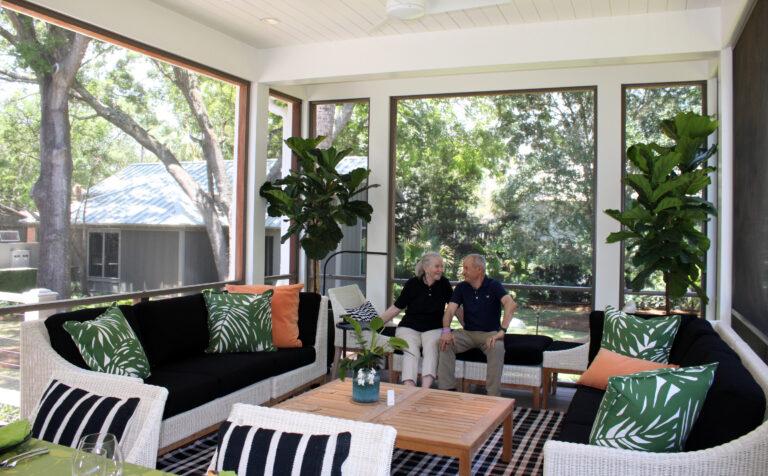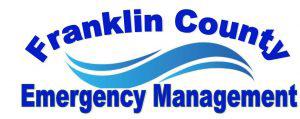Legacy Post Disclaimer
This is a #Legacy post imported from The Apalachicola Time’s previous platform. If you’re experiencing issues with this article, please email us at news@nevespublishing.com.
ARPC addresses Carrabelle’s economic growth strategy
For those who want to delve into Carrabelles economic
development strategy, theres now a thorough report that they can sink their
teeth into.
Caroline Smith, economic development manager for the Apalachee
Regional Planning Council on Oct. 7 delivered to city commissioners, and the
general public, the result of a 2020 Competitive Florida Partnership grant from
the Florida Department of Economic Opportunity.
Hampered a bit over the past 18 months by COVID-19
restrictions, the ARPC relied on socially distanced in-person workshops streamed
over Facebook, as well as a survey of assets done by using drone photographs, videos
and other research to mimic an in-person tour of Carrabelle.
The project focused on four goals, the first to revitalize the
character of downtown Carrabelle through historic preservation, business diversification,
and waterfront improvements.
The second goals was to promote job retention and creation,
and vocational training, and third to set the stage for responsible development
through policymaking, code enforcement, and environmental preservation.
Lastly, the fourth goal is to promote tourism and recreational
opportunities.
The challenge for Carrabelle is brought into focus early in
the report, in the portion on socio-economic indictors.
The report cites a
poverty rate of nearly 30 percent, with only about 10 percent of the citys population
having a college degree. The median income is a little more than $38,000
annually, lower than the county as a whole. The city and has a population of
2,646.
Interestingly, close
to 90 percent of the 451 people employed inside the city live outside the city.
Of the 570 people in the workforce who live in Carrabelle, more than 90 percent
work outside the city.
In an examination of
what is know as SWOT, which encapsulates the strengths, weaknesses,
opportunities, and threats to economic development, the reports sees as strengths
the numbers of engaged residents and businesses, the dedicated city staff and
elected officials and the natural environment.
The weaknesses, it notes, are the reliance on a single industry
tourism, the underutilized harbor, the limited commercial dockage and problems
with cleanliness, such as littering and trash pick-up.
Opportunities include local business retention and expansion,
vocational training and new and revised ordinances.
Threats to economic development are said to be economic
downturns and recessions, natural disasters, local business closures and development
that does not fit city character.
The report outlines the citys key assets, which is lists as
the Carrabelle-Thompson Airport. the nearly 62,000-square-foot Carrabelle Industrial
Building; the historic old water plant targeted for rehabilitation and
commercialization; Millender & Sons Seafood; the Gulfside IGA; C-Quarters Marina;
Johnsons Carrabelle Marina; the MS Dockside Marina on Timber Island; Moorings
of Carrabelle; Weems Medical Center East; St. James Health and Rehabilitation
Center; and several other smaller businesses.
The report cites historic and cultural assets, everything from
the Crooked River Lighthouse to museums; government and civic assets, such as
City Hall and the library; as well as environmental and recreational assets,
such as Tates Hell State Forest, the Apalachicola National Forest. Carrabelle
Beach, Carrabelle Riverwalk and Wharf; Sands Memorial Park; Will Kendrick
Sports Complex; Tillie Miller Park; and the St. James Bay Golf Club.
As for meeting goals, the report cites the creation of a
public seafood dock as a key element to revitalize Carrabelles historic
working waterfront; the redevelopment of the old water plant as well as along
NW Avenue B; the boosting of the commercial fishing district; the revitalization
of Marine Street and the waterfront; and preservation of the historic district.
The report notes an effort to boost local job training, and
to recruit new businesses, including attracting more fine dining options and a
local pharmacy.
Among the efforts it cites to boost community pride is reviewing
zoning ordinances, addressing trash pick-up and code enforcement, especially
along the waterways and beaches; attracting developers for subdivisions, addressing
building and design standards; reviewing the citys alcohol ordinance, itys
alcohol ordinance and provide recommendations to city for revising the
ordinance. ARPC could potentially work on this mini-project at no-cost to city.
The report also mentions a community forestry program to protect
canopy trees; support of improvements to Island View Park; a designation as a birding
and butterfly trail; use of vista parks at the city-owned street ends.; promotion
of low-impact nature-based outdoor recreation; continuing to connect sewer and
water and to install monofilament, trash, and cigarette butt collection
stations throughout the Waterfront District; and improvements to the stormwater
management program.





Meet the Editor
David Adlerstein, The Apalachicola Times’ digital editor, started with the news outlet in January 2002 as a reporter.
Prior to then, David Adlerstein began as a newspaperman with a small Boston weekly, after graduating magna cum laude from Brandeis University in Waltham, Massachusetts. He later edited the weekly Bellville Times, and as business reporter for the daily Marion Star, both not far from his hometown of Columbus, Ohio.
In 1995, he moved to South Florida, and worked as a business reporter and editor of Medical Business newspaper. In Jan. 2002, he began with the Apalachicola Times, first as reporter and later as editor, and in Oct. 2020, also began editing the Port St. Joe Star.